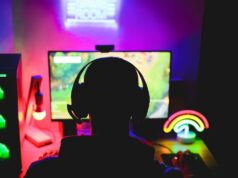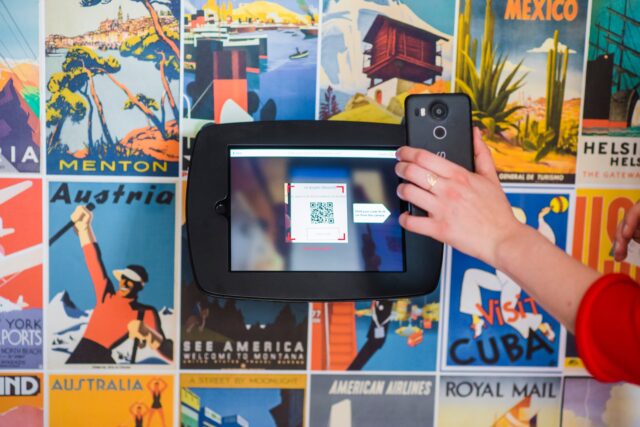
QR codes are becoming increasingly common in today’s world of smartphones. Although initially developed for inventory management in factories, QR codes have evolved to serve diverse purposes, including marketing, real estate, digital business cards, and smart packaging.
However, with the growing adoption of QR codes, there are concerns about their privacy and security. Unfortunately, attackers can use QR codes to install malware or gain unauthorized access to personal and financial data. But rest assured, QR codes are generally safe and secure as a technology.
What are QR codes?
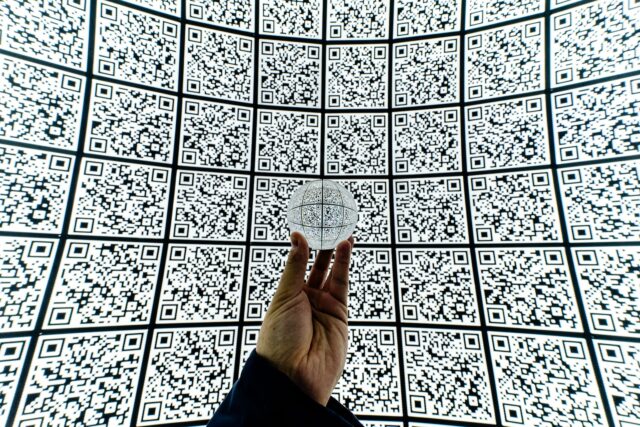
QR codes are barcodes that use a square-shaped grid of pixels to store information that can be easily read by digital devices. They are commonly used to track product information in supply chains and are also utilized in marketing and advertising campaigns due to the prevalence of smartphones with built-in QR readers.
An interesting fact is that QR codes have recently been instrumental in tracing coronavirus exposure and helping to slow the spread of the virus. According to ExpressVPN, the pandemic fueled the adoption of QR codes, and 47% of Americans agree that the usage of QR codes has increased after the pandemic.
QR codes have many uses, such as linking to app downloads on Apple App Store or Google Play, verifying login details, accessing Wi-Fi by storing encryption details, sending and receiving payment information, and more.
In the UK, QR Memories creates QR codes for use on gravestones, allowing people to scan the code and learn more about the deceased person’s life through an obituary or related news story available online.
Did you know that standard barcodes can only be read from top to bottom, limiting the amount of information they can store to alphanumeric formats? However, QR codes can be read in both directions, allowing them to contain much more data. In fact, QR codes can store website URLs, phone numbers, or up to 4,000 characters of text.
The creators of the QR code aimed to ensure easy scanning without wasting time on proper alignment, which is why they opted for the distinctive square shape that is still in use today. Additionally, QR codes are publicly available for anyone to use according to their requirements.
How do You scan QR codes?
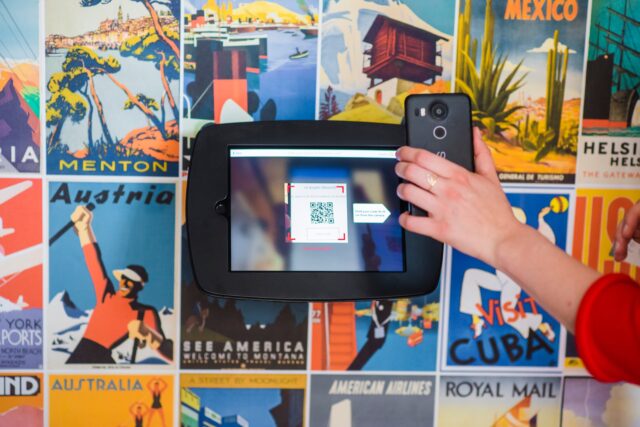
Did you know that most smartphones have a built-in QR scanner? It’s usually included in the camera app. Tablets, like the Apple iPad, also have QR readers built into their cameras. However, older devices may require a specific app to read QR codes, which can easily be downloaded from the Apple App Store or Google Play.
To scan a QR code, simply open the QR reader app or camera on your smartphone. Make sure to point the camera at the QR code from any angle. The information will be instantly displayed on the screen. For instance, if the QR code contains contact details, your phone will automatically download them. It’s that easy!
Once you’ve scanned the QR code to create your QR code from link, there are a variety of actions your device might take, depending on the code’s content. If it’s a link to a website, your browser will open it immediately. For event details, it might prompt you to save the date to your calendar. Some QR codes even direct you to download apps or access exclusive content. It’s important to exercise caution, though; ensure the QR code is from a trusted source to avoid security risks. This simple yet powerful tool bridges the physical and digital worlds, offering a seamless way to access a wealth of information with just a quick scan.
Are QR codes safe?
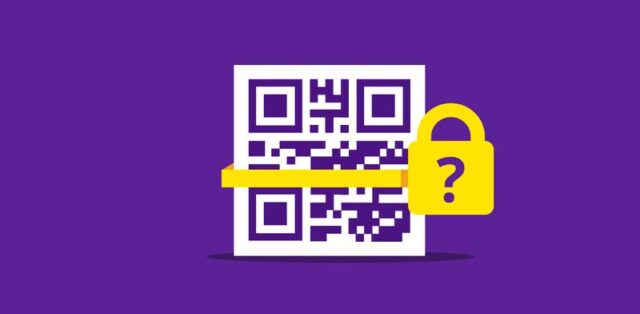
It’s possible for attackers to put harmful URLs with custom malware into QR codes. When someone scans the code with their mobile device, it could allow the malware to steal their data. Malware could be one of the reasons your Android phone keeps crashing. Another way attackers could use QR codes is by directing people to phishing sites where they could unknowingly give out personal or financial information.
Attackers can easily change the destination of a QR code without being noticed since humans cannot read them. Although people know that QR codes can direct them to a website, they might not be aware that they can also trigger other actions on their device, such as adding contacts or composing emails. This unexpected feature makes QR code security threats particularly challenging.
Attackers often use malicious QR codes to trick people into visiting harmful websites. They may even cover up legitimate QR codes in public places. Once a user scans the code, they may be directed to a web page containing an exploit kit, which can compromise their device or lead to a fake login page designed to steal their credentials.
Additionally, some websites can automatically download harmful software without the user’s knowledge just by visiting the site.
However, the main thing to know is that this does not happen often. In fact, QR codes are, in general, very safe.
Do QR codes collect your personal information and data?
The software that generates QR codes does not gather any personal information that can identify an individual. However, it does collect certain data that the creators of the code can see. This includes the location where the code was scanned, the number of times it was scanned and at what times, as well as the operating system used by the device that scanned the code (such as iPhone or Android).
How do QR codes work?
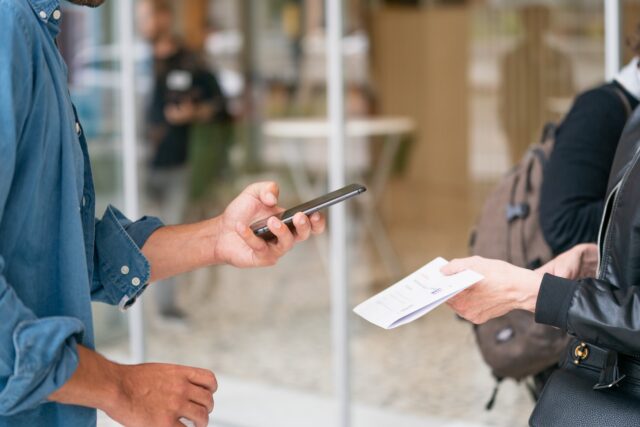
QR codes are made up of binary codes that can be decoded to reveal their data. A QR reader looks for the three large squares outside the code to identify a standard QR code. If these shapes are present, the reader knows that everything inside the square is a QR code.
Next, the QR reader breaks down the code into a grid and analyzes each individual square, assigning a value based on its color. Finally, the reader groups the squares into larger patterns.
What are the parts of a QR code?
A standard QR code is built from six components. Let’s learn more about them.
- Quiet Zone – This is the empty white border outside a QR code. A QR reader would not be able to determine what is contained within the QR code if this zone does not exist.
- Finder pattern – Every QR code contains three black squares in the bottom left, top right, and top left corners. They are telling a QR reader that it looks right at the QR code and where the code’s boundaries are.
- Alignment pattern – This represents one small square located near the bottom right corner, and it ensures that the specific QR code can be read.
- Timing pattern – If you see an L-shaped line, you should know this is a timing pattern. It goes between three squares in the finder pattern.
- Version information – This is a small space of information placed near the top-right finder pattern cells, and it identifies which QR version is being read.
- Data cells – The rest of the QR code displays the actual information.

